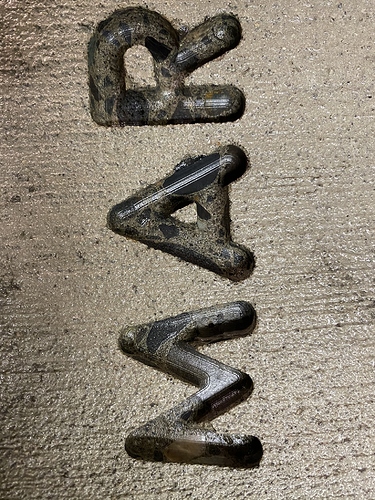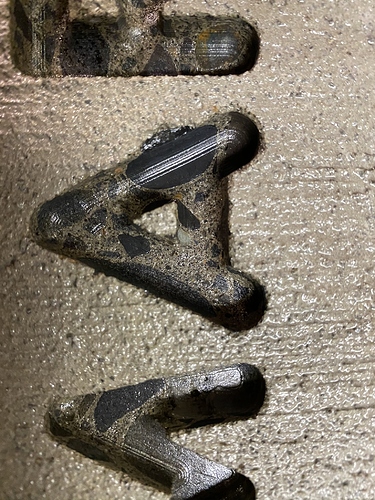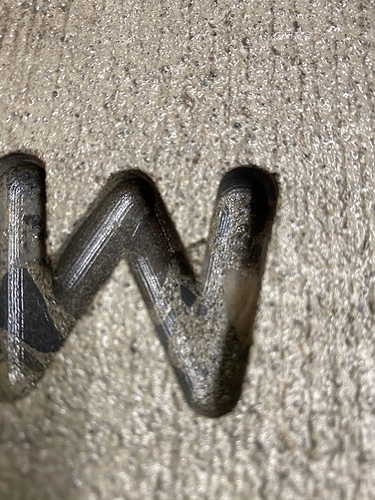Julien.
That went remarkably well. Here are some videos and pics.
I would like to increase the overstep and run it again. The initial suggestion was .020 and it was run at .004. So let’s try .012 as the new step over.
The one minor issue is that it seemed to spall the edges just a bit more.
So now the decision is whether to move to Fusion 360. I am worried about your comment that it has a steep learning curve. CUrious about input on this from people who have made the switch.


